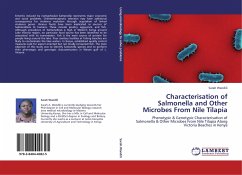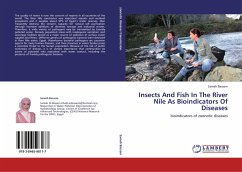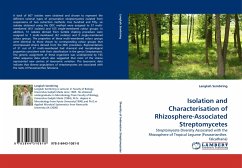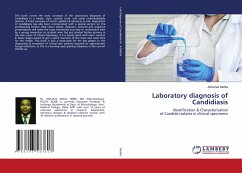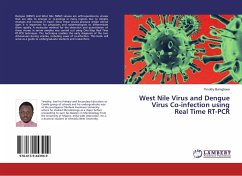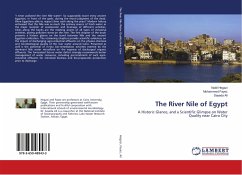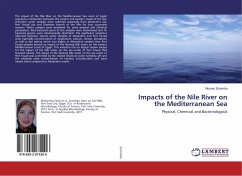Enteritis induced by nontyphoidal Salmonella represents major economic and social problems. Chemotherapeutic selection may have additional consequences for virulence evolution through acquisition of linked virulence genes. Various foods have been implicated as sources of Salmonellosis to humans. These include poultry, eggs,pork, and fish. Although prevalence of Salmonellosis is high in Western Kenya around Lake Victoria region, no particular food source has been identified to be associated with its transmission. Fish is the main source of protein for people living around the lake. Poor sanitary facilities at fishing beaches are likely to contaminate the lake waters. In Kenya, established quality control measures exist for export oriented but not locally consumed fish. The main objective of this study was to identify Samonella species and to perform their phenotypic and genotypic characterization in Winam gulf of L. Victoria.
Bitte wählen Sie Ihr Anliegen aus.
Rechnungen
Retourenschein anfordern
Bestellstatus
Storno

